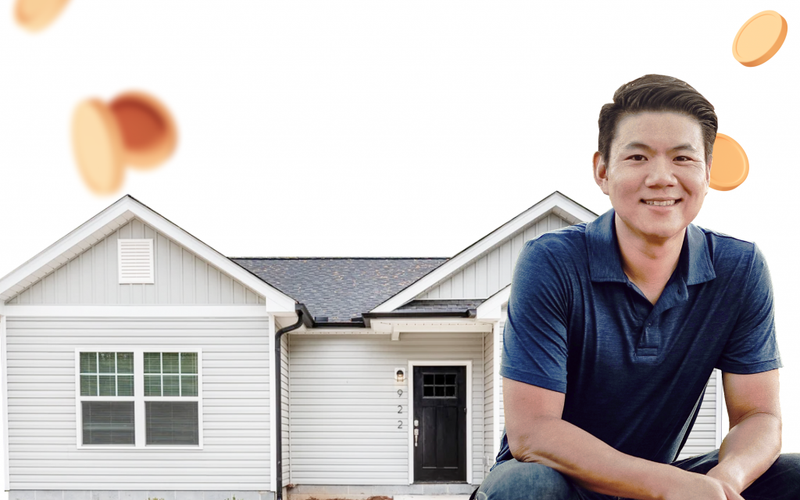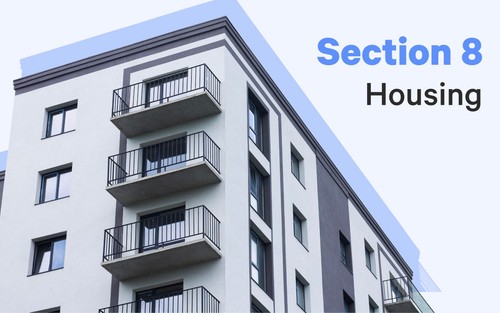Real estate is a dynamic market with various factors that affect the supply and demand of properties. As a real estate investor, it is crucial to have a basic understanding of these factors to make informed investment decisions. For this blog, we sat down with Arrived’s industry experts to get their thoughts on the current real estate market, economic trends, and how they’re navigating the landscape. Cameron Wu, VP of Investments, and Jeff Talbert, Director of Investment Valuations, discuss the current state of the housing market and what it means for investors.
Interest Rates and Housing Market
One of the primary factors that affect the housing market is interest rates. Typically, when interest rates are high, it becomes more expensive for people to borrow money, which leads to a decline in demand for homes. Conversely, when interest rates are low, it becomes more affordable for people to borrow money, leading to an increase in demand for homes. However, there are several other factors that affect supply and demand. Interestingly, interest rates can have an impact on the housing supply and we’ll explore that more in the next section.
According to Cameron, although interest rates are elevated, they do not seem to be rising. Interest rates rose incrementally in 2022, so they’re elevated compared to 2021 or years before, but they’re not necessarily rising at the moment. There is a lot of uncertainty surrounding interest rates, and it is challenging to predict which way they will go next. So while interest rates are not rising, they are still elevated.
Supply and Demand Dynamics
Another critical factor affecting the housing market is supply and demand dynamics. In the current market, there remains demand, but there is no significant change in supply. Cameron and Jeff note that the supply constraint is consistent from Q1 to Q2, and could continue to be competitive in the coming months.
Interest rates have a significant impact on the supply of housing. While it is widely understood that interest rates affect demand, they also profoundly affect the number of homes being put up for sale and that are being built. The interest rate lock effect is a key factor in this. Homeowners who purchased property over the last 12 years at lower interest rates are reluctant to sell and take on a mortgage with a higher borrowing cost. As a result, this locks the market supply. Higher interest rates also make it harder for developers and builders to construct new housing as people are less likely to pay more for property, leading to a decrease in volume, which exacerbates the lock effect. Despite the expectation that higher interest rates would cause housing prices to fall, this is not always the case because homeowners are not incentivized to sell in this market leading to a supply constraint.
Seasonality and Home Values
Seasonality is another factor that affects home values. Home prices can depend on the time of year and there is cyclicality in the housing market. According to Jeff, we saw home values in the aggregate did decline a bit due to seasonal fluctuations and the market adjusting to the higher interest rates.
Additionally, the shift in price points means that the renter demographics are also changing. Renters are moving up from apartments to starter homes. Investors are buying starter homes that are built well in reasonable areas with reasonable pricing.

Employment and Inflation
Employment and inflation also affect the housing market. While overall employment rates are healthy right now, inflation is a variable that affects the affordability of homes. Cameron and Jeff note that affordability is a key factor in this market. Although people may be able to support their lifestyles, saving becomes a challenge with elevated interest rates and inflation. This makes it challenging for people to save for down payments to compete in the real estate market for the limited supply available.
Given the current interest rates and state of the supply/demand dynamics, we see renting will continue to be popular and in growth.
What’s Arrived Strategy?
About 9-15 months ago, Arrived’s strategy was to invest in $350,000 homes at lower interest rates to capitalize on the appreciation the market offered. Now, Cameron and Jeff’s buy box criteria consists of new construction at lower price points where there’s durability. The lower end of the price point spectrum, less than $250,000, has remained steady. Durability refers to consistent outcomes, demand, and minimal maintenance requirements for new or newer builds. This strategy is less reactive to specific market events and the homes Arrived invests in are accessible, desirable, and come with warranties or recourse to fix any issues, thus maintaining investor expense risk. Durability is being used to combat uncertainty and the key driver is affordability.

As for our vacation rentals, Arrived is getting better than market deals with builders, who are more willing to let go of assets in this market. This has resulted in Arrived acquiring some short-term rentals at great prices.
The real estate market is a dynamic and complex market with various factors that affect supply and demand. Investors should pay close attention to interest rates, supply and demand dynamics, seasonality, and employment and inflation trends when making investment decisions. It is essential to stay updated with the latest market trends and stay cautious in a volatile market. By keeping these factors in mind, investors can make informed decisions that align with their investment goals. Through our platform, you can purchase shares of rental properties for as little as $100 and start building a portfolio—and a rental income—today. Please browse through our available properties here.







